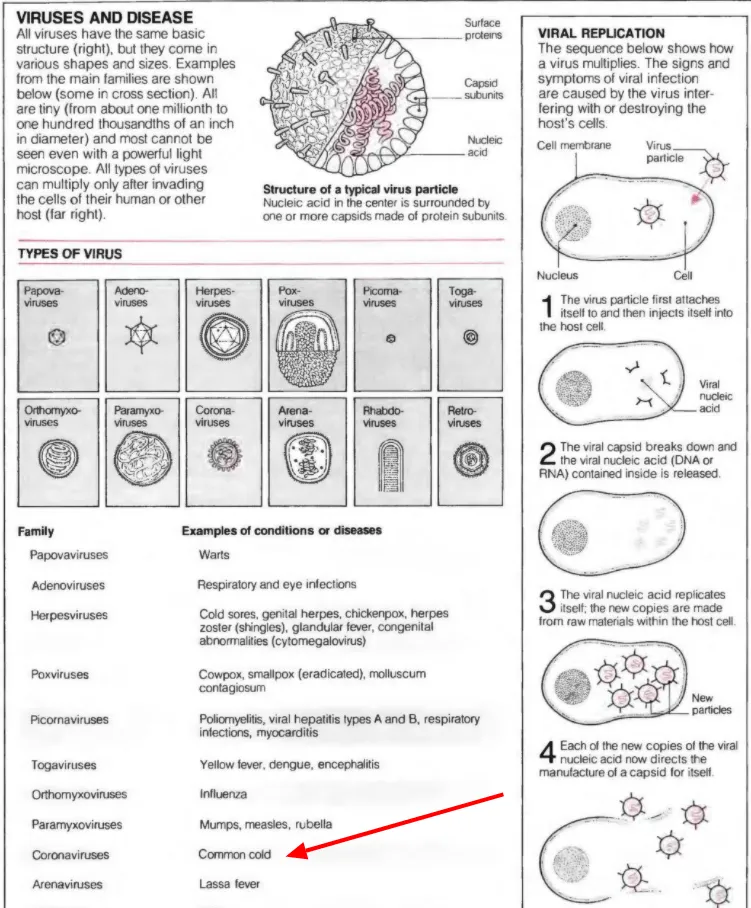COVID is short for CoronaVirus Disease. Coronaviruses are a family of viruses that have been known for decades to cause common cold* and flu-like symptoms.
COVID-19 is the official name for a disease first identified in Wuhan, China in 2019. COVID-19 is said to be caused by SARS-CoV-2, a Novel CoronaVirus (nCoV). Novel virus meaning; newly discovered strain of a known family of viruses.
Symptoms of COVID-19 may include fever, coughing, headache, fatigue, loss of smell and taste and breathing difficulties. Most people who get COVID-19 develop mild to moderate symptoms. Older people and patients with obesity are at a higher risk of developing severe symptoms. These may include dyspnea, hypoxia, lung involvement, respiratory failure.
Symptoms of Flu may include fever, coughing, headache, fatigue, sore throat, runny nose, muscle pain, and range from mild to severe. Influenza may progress to pneumonia. Other complications may include acute respiratory distress syndrome, meningitis, encephalitis, and worsening of pre-existing health problems such as asthma and cardiovascular disease.
- American Medical Association Encyclopedia Of Medicine (1989) page 1051

Influenza (disease caused by orthomyxoviruses) has virtually disappeared amid the coronavirus pandemic. Not only in the U.S. but in many other countries around the world. According to various news sources, experts say the measures put in place to stop the spread of coronavirus such mask wearing, social distancing and virtual schooling were a big factor.
But when we compare countries and states without these measures in place, what "the experts" say in the news does not seem likely. Peer reviewed studies demonstrate that face masks fail to prevent the spread of viruses. Wearing masks the wrong way could even increase likelihood of infection, and may lead to poor respiratory health. A study using CDC data concluded that mask mandates and use are not associated with slower spread during surges.

Other studies suggest that children do not contribute much to the spread of coronavirus. Most children who become infected with the virus have no symptoms, or mild symptoms such as low-grade fever, fatigue, and cough.
The combination of measures/rules and constant fear/hype around the virus and new variants is harmful to the development of children, the general mental well being of the population, and has already led to massive civil unrest around the world.

Sources include: Wikipedia, Harvard Health Publishing, American Medical Association Encyclopedia Of Medicine, US National Library of Medicine National Institutes of Health, Mask study conducted by the University of Louisville using data from the Centers for Disease Control and Prevention.